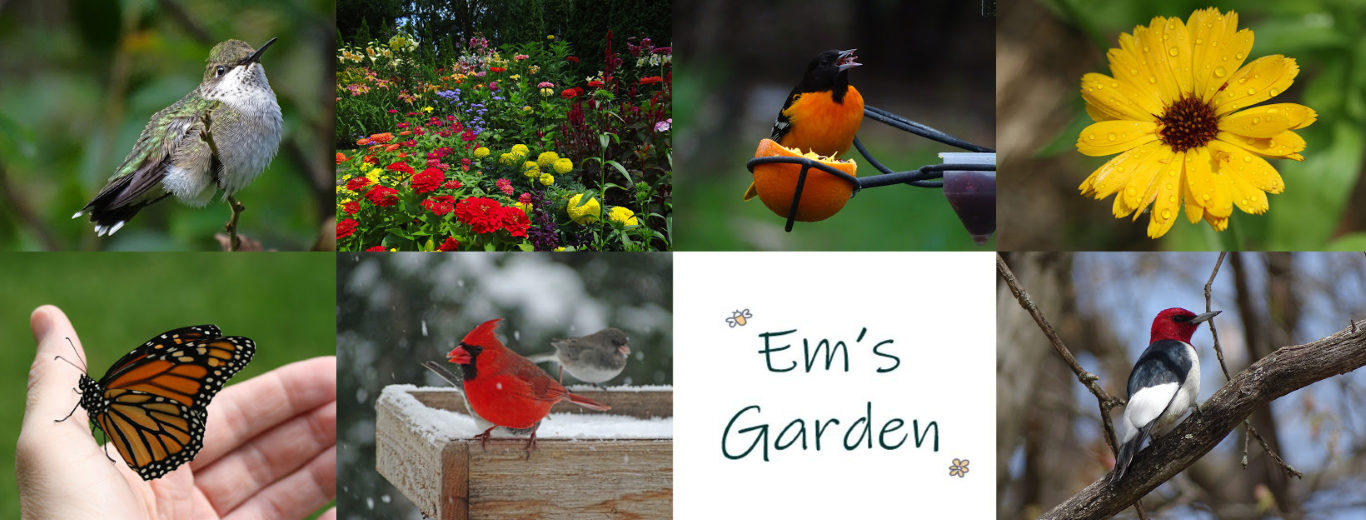My heavily-wooded city neighborhood will never be attractive to American Tree Swallows, but I got to observe quite a few of the little aerial acrobats this spring when I did some birdwatching at nearby nature areas.
Tree swallows migrate further north than any of the other swallows. And although it seems like they just got here, later this month they’ll be some of the first species to start migrating south again to their winter grounds in Florida and Central America.
Tree swallows have beautiful iridescent blue-green heads and backs with bright-white necks and breasts.
You can identify swallows by their notched tails and aerial antics as they pluck flying insects from the air.
A few weeks ago I visited a nature area that had a lot of dead tree snags full of woodpecker holes. Sticking out of all those holes were scores of baby tree swallows waiting for their parents to bring them food. It was an amazing sight:
I was surprised to see so many different families nesting in such close proximity.
Tree swallows prefer to nest near bodies of water which attract their favorite food—insects. They have one or two broods each season, and the little cup-shaped nests contain 3 to 7 eggs.
When it’s time to fly south, the birds will gather in huge flocks to fly together during the day and roost together at night.


